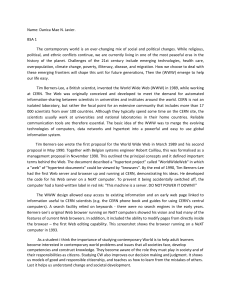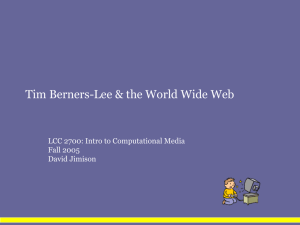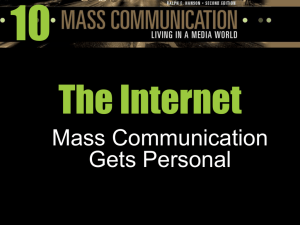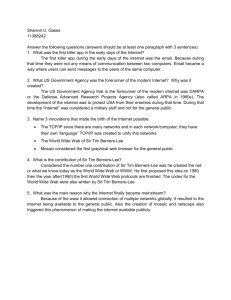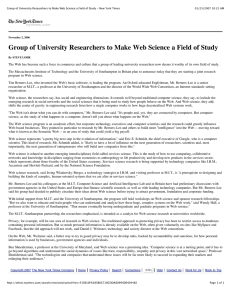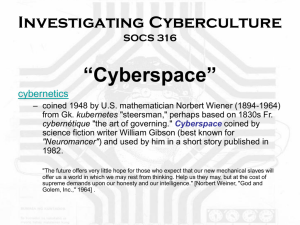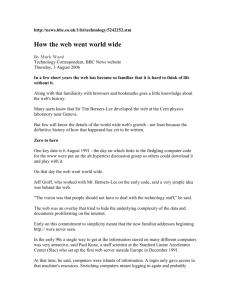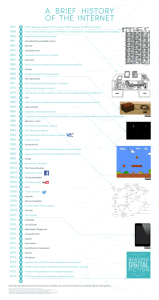Directions: 1. Using the green highlighter, highlight 3 facts that you
advertisement
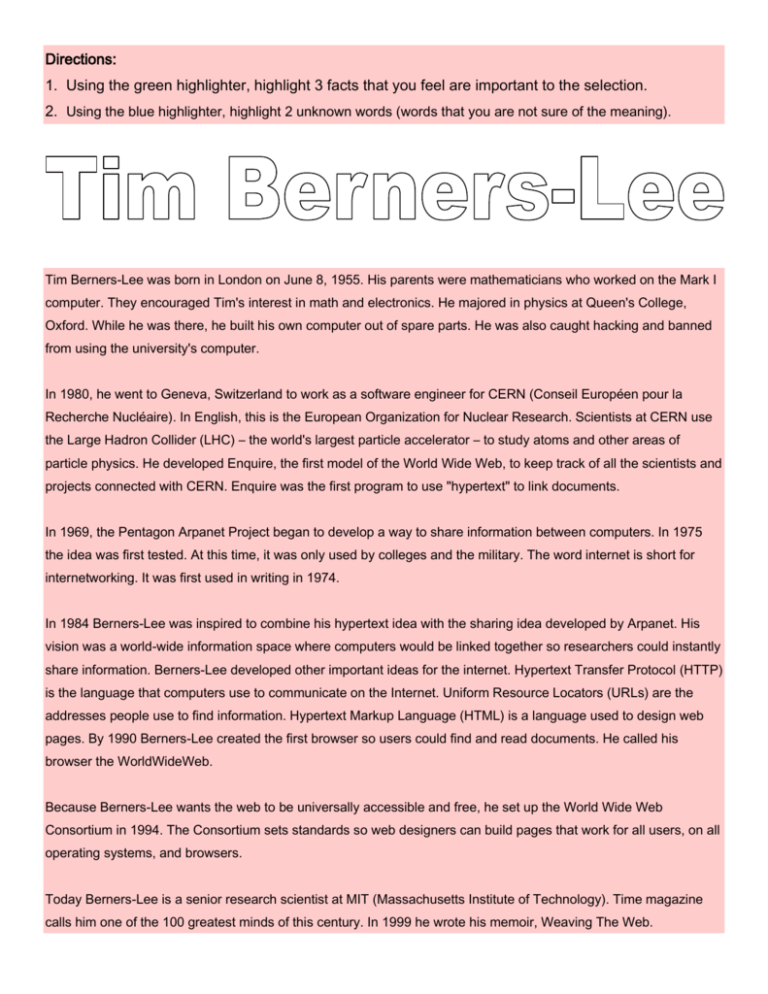
Directions: 1. Using the green highlighter, highlight 3 facts that you feel are important to the selection. 2. Using the blue highlighter, highlight 2 unknown words (words that you are not sure of the meaning). Tim Berners-Lee was born in London on June 8, 1955. His parents were mathematicians who worked on the Mark I computer. They encouraged Tim's interest in math and electronics. He majored in physics at Queen's College, Oxford. While he was there, he built his own computer out of spare parts. He was also caught hacking and banned from using the university's computer. In 1980, he went to Geneva, Switzerland to work as a software engineer for CERN (Conseil Européen pour la Recherche Nucléaire). In English, this is the European Organization for Nuclear Research. Scientists at CERN use the Large Hadron Collider (LHC) – the world's largest particle accelerator – to study atoms and other areas of particle physics. He developed Enquire, the first model of the World Wide Web, to keep track of all the scientists and projects connected with CERN. Enquire was the first program to use "hypertext" to link documents. In 1969, the Pentagon Arpanet Project began to develop a way to share information between computers. In 1975 the idea was first tested. At this time, it was only used by colleges and the military. The word internet is short for internetworking. It was first used in writing in 1974. In 1984 Berners-Lee was inspired to combine his hypertext idea with the sharing idea developed by Arpanet. His vision was a world-wide information space where computers would be linked together so researchers could instantly share information. Berners-Lee developed other important ideas for the internet. Hypertext Transfer Protocol (HTTP) is the language that computers use to communicate on the Internet. Uniform Resource Locators (URLs) are the addresses people use to find information. Hypertext Markup Language (HTML) is a language used to design web pages. By 1990 Berners-Lee created the first browser so users could find and read documents. He called his browser the WorldWideWeb. Because Berners-Lee wants the web to be universally accessible and free, he set up the World Wide Web Consortium in 1994. The Consortium sets standards so web designers can build pages that work for all users, on all operating systems, and browsers. Today Berners-Lee is a senior research scientist at MIT (Massachusetts Institute of Technology). Time magazine calls him one of the 100 greatest minds of this century. In 1999 he wrote his memoir, Weaving The Web.
